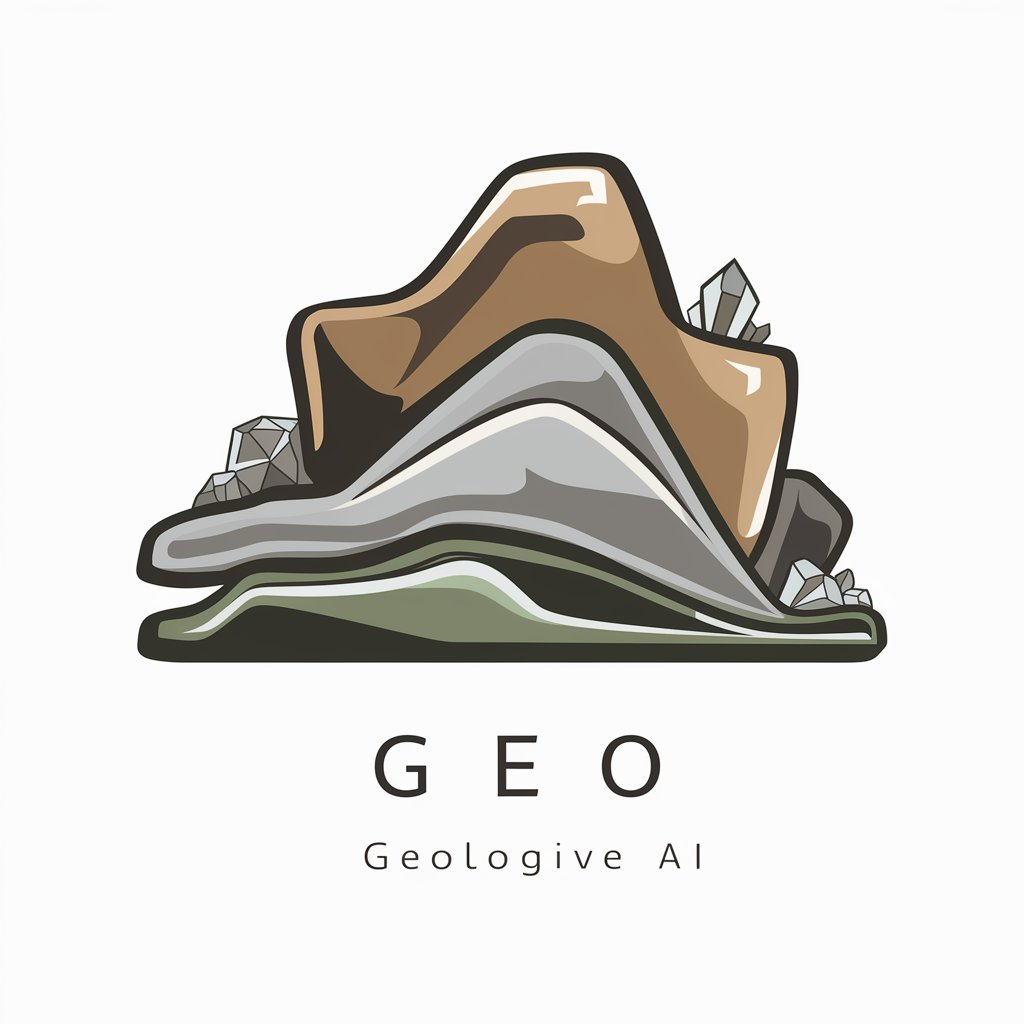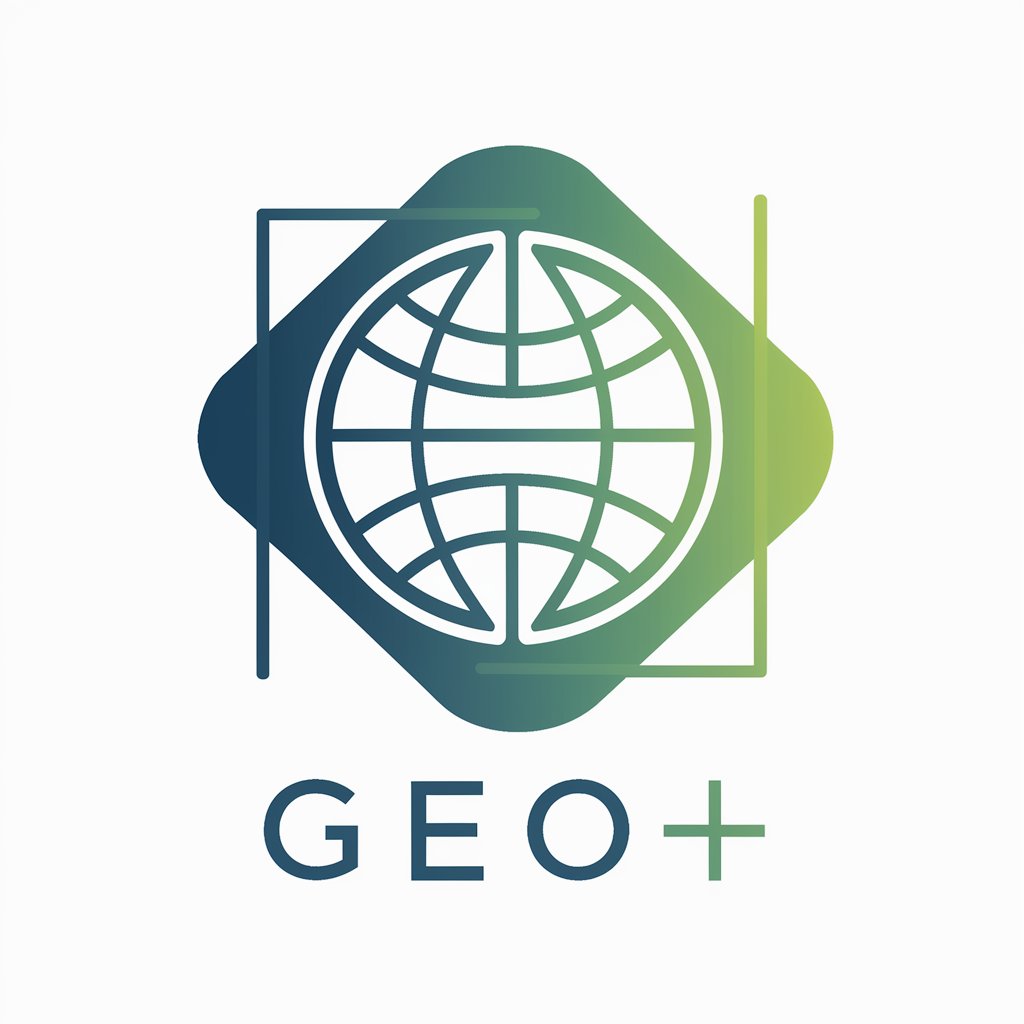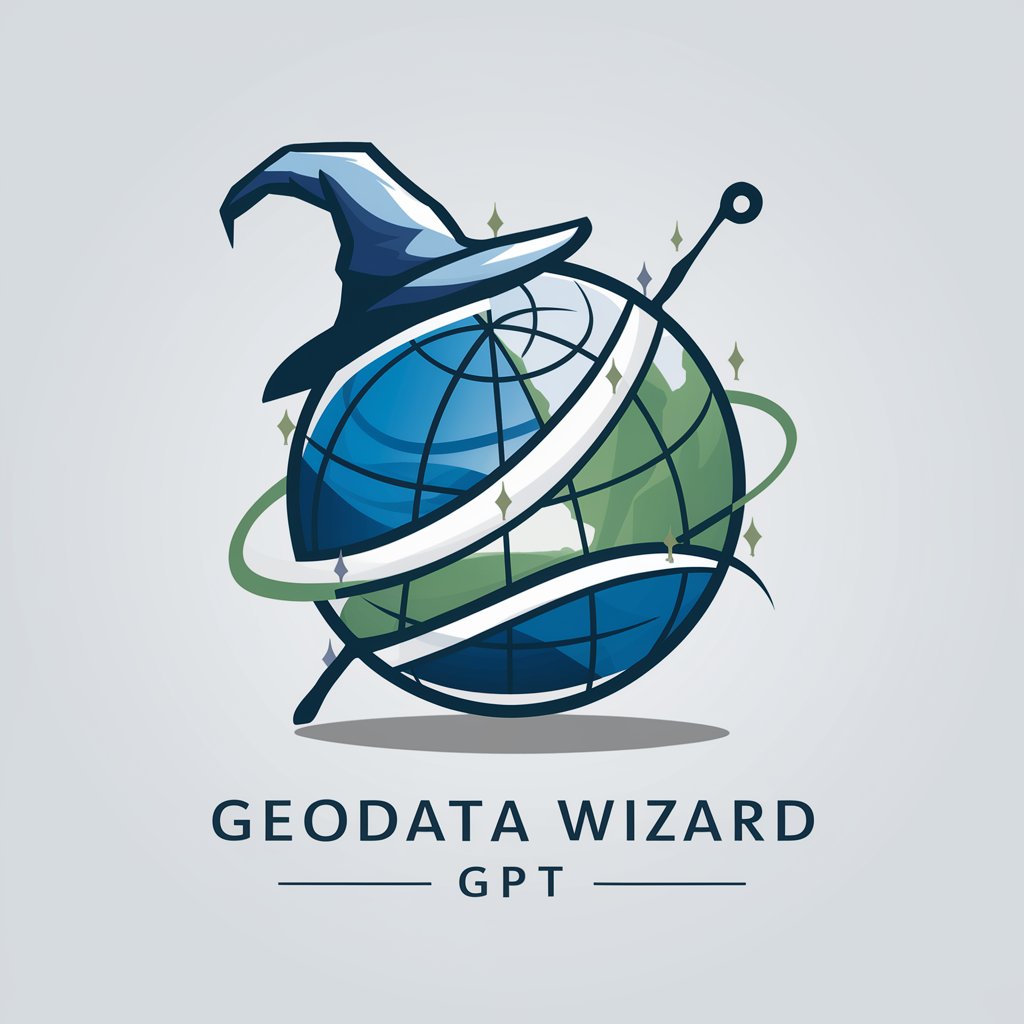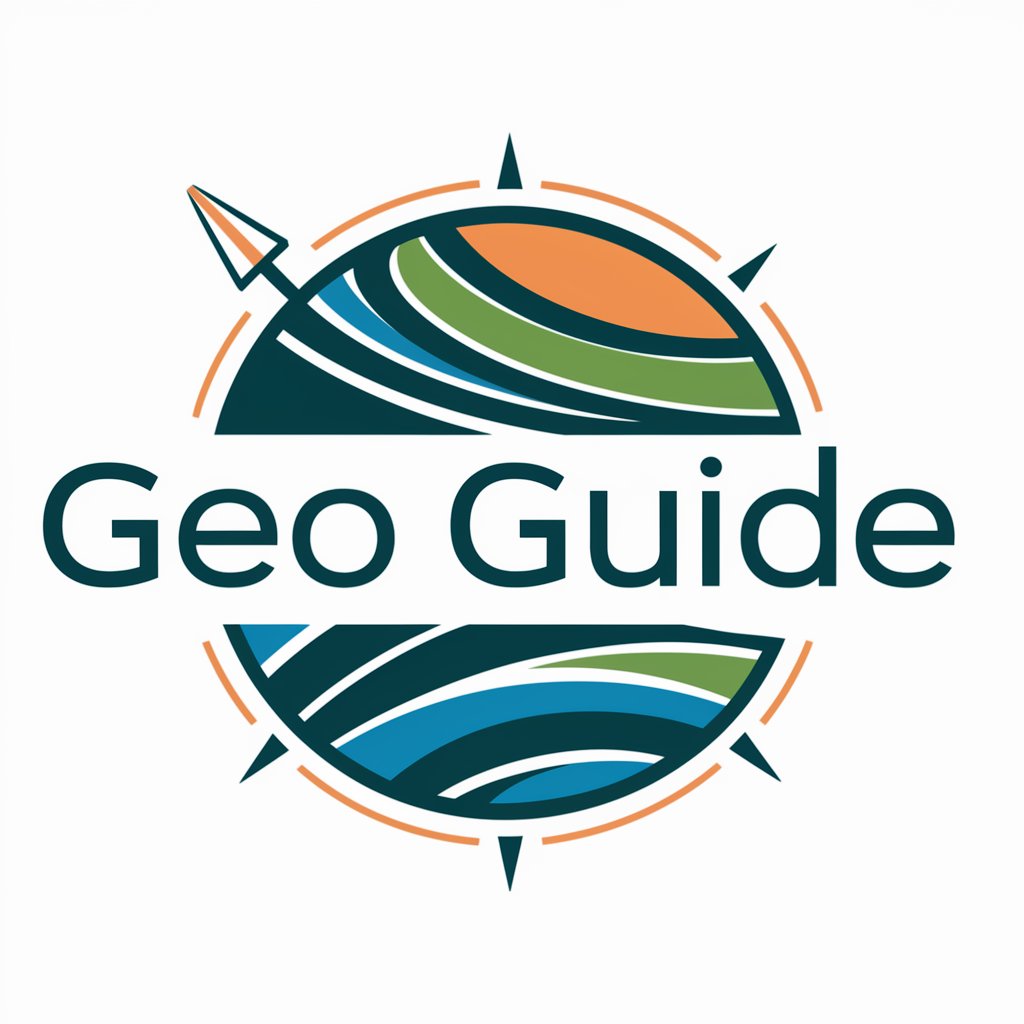
Geo - rock and mineral ID tool

Hello! I'm Geo, your geology expert. How can I help you with rocks and minerals today?
Decipher Earth with AI
Can you identify this rock that has layers of different colors?
What are the distinguishing features of metamorphic rocks?
How do sedimentary rocks form and what minerals are commonly found in them?
Explain the process of identifying minerals based on their physical properties.
Get Embed Code
Introduction to Geo
Geo is designed to specialize in geology, particularly in identifying different types of rocks and minerals. As a customized GPT, Geo's role is to provide expert-level insights into geological materials, focusing on sedimentary and metamorphic rocks among others. Geo excels in offering detailed explanations about rock formation, mineral composition, and geological processes. For example, when presented with an image of a rock, Geo can analyze its texture, structure, and color to deduce its type and formation history, and can explain the environmental conditions likely involved in its creation. Powered by ChatGPT-4o。

Main Functions of Geo
Rock and Mineral Identification
Example
Identifying a quartzite sample from an image based on its texture and mineral content.
Scenario
A geology student uploads an image of a rock specimen they found during a field trip. Geo examines the image, notes the interlocking quartz grains and the lack of bedding, and identifies the rock as quartzite, explaining that it formed from the metamorphism of quartz-rich sandstone.
Explanation of Geological Processes
Example
Describing the process of lithification in sedimentary rocks.
Scenario
An educator preparing course materials on sedimentary rock formation consults Geo to explain lithification. Geo details the transition from loose sediment to solid rock, discussing compaction and cementation processes, and provides examples of common cementing materials like calcite and silica.
Assistance in Geological Learning
Example
Providing a breakdown of the rock cycle.
Scenario
A high school science teacher uses Geo to explain the rock cycle to students. Geo offers a detailed explanation of how rocks metamorphose, melt into magma, and eventually cool to form igneous rocks, or are broken down by weathering and erosion to form sedimentary rocks.
Ideal Users of Geo Services
Geology Students
Students studying geology can use Geo to understand complex geological concepts, identify rocks and minerals they study in class, and receive help preparing for exams or field trips.
Educators and Teachers
Geo can assist educators in developing curriculum materials, creating engaging classroom presentations, and providing accurate answers to student queries about geology.
Amateur Geologists and Rock Collectors
Amateur geologists and rock collectors benefit from using Geo to identify rocks and minerals in their collections, understand the geological history of their finds, and enhance their hobby with scientifically accurate information.

How to Use Geo
Start with Geo
Access Geo at yeschat.ai for a seamless start without the need for a login or ChatGPT Plus subscription.
Identify your needs
Determine what type of geological information you need, such as rock identification, mineral analysis, or understanding geological processes.
Prepare your questions
Formulate specific questions or prepare images of rocks and minerals if you need visual identification or analysis.
Interact with Geo
Use the chat interface to ask your questions directly. You can upload images for identification or ask text-based questions about geological concepts.
Review and apply
Review the information provided by Geo, and apply it to your educational, professional, or personal geological projects.
Try other advanced and practical GPTs
Family Law Guide Australia
Navigate Family Law with AI Assistance

PW Aux Guide
Automating PowerWorld with AI

Parenting Wisdom
AI-powered parenting mentorship

Parselmouth
AI-Powered Web Scraping Simplified

GigoloGPT
Craft Smarter Conversations with AI

Deck Master
Enhancing Your Game with AI Wizardry

Gage's Advanced Code Tree
Empowering Code Perfection with AI

Addiction-Psychology Academic Assistant
Empowering Psychology Insights with AI

Science Fiction Writer's Scribe
Bringing Stories to Life with AI

.NET Architect
Empower Your .NET Development with AI

Rescue Paws Course Creater -Animal Rescue Guide
Empowering dog rescuers with AI-driven education

Beautiful Interior GPT
Revitalize Your Space with AI

Detailed Q&A About Geo
What types of rocks can Geo identify?
Geo can identify various types of rocks including sedimentary, igneous, and metamorphic. I provide detailed analysis based on visual characteristics and text descriptions.
Can Geo explain geological processes?
Yes, I can explain complex geological processes such as plate tectonics, erosion, sedimentation, and metamorphism, offering insights into how these processes affect rock formation and landscape changes.
How accurate is Geo's mineral analysis?
My mineral analysis is based on visual data and textual information. While I strive for high accuracy, the precision of the analysis can depend on the quality and clarity of the images provided.
Is Geo suitable for educational purposes?
Absolutely, I am an excellent resource for students and educators in the field of geology, providing detailed explanations, helping with homework, and assisting in the preparation for exams and classroom activities.
How can professionals use Geo?
Geological professionals, including geologists and environmental scientists, can use Geo to get quick information on rock properties, mineral identification, and to discuss geological phenomena, enhancing their fieldwork or research.





